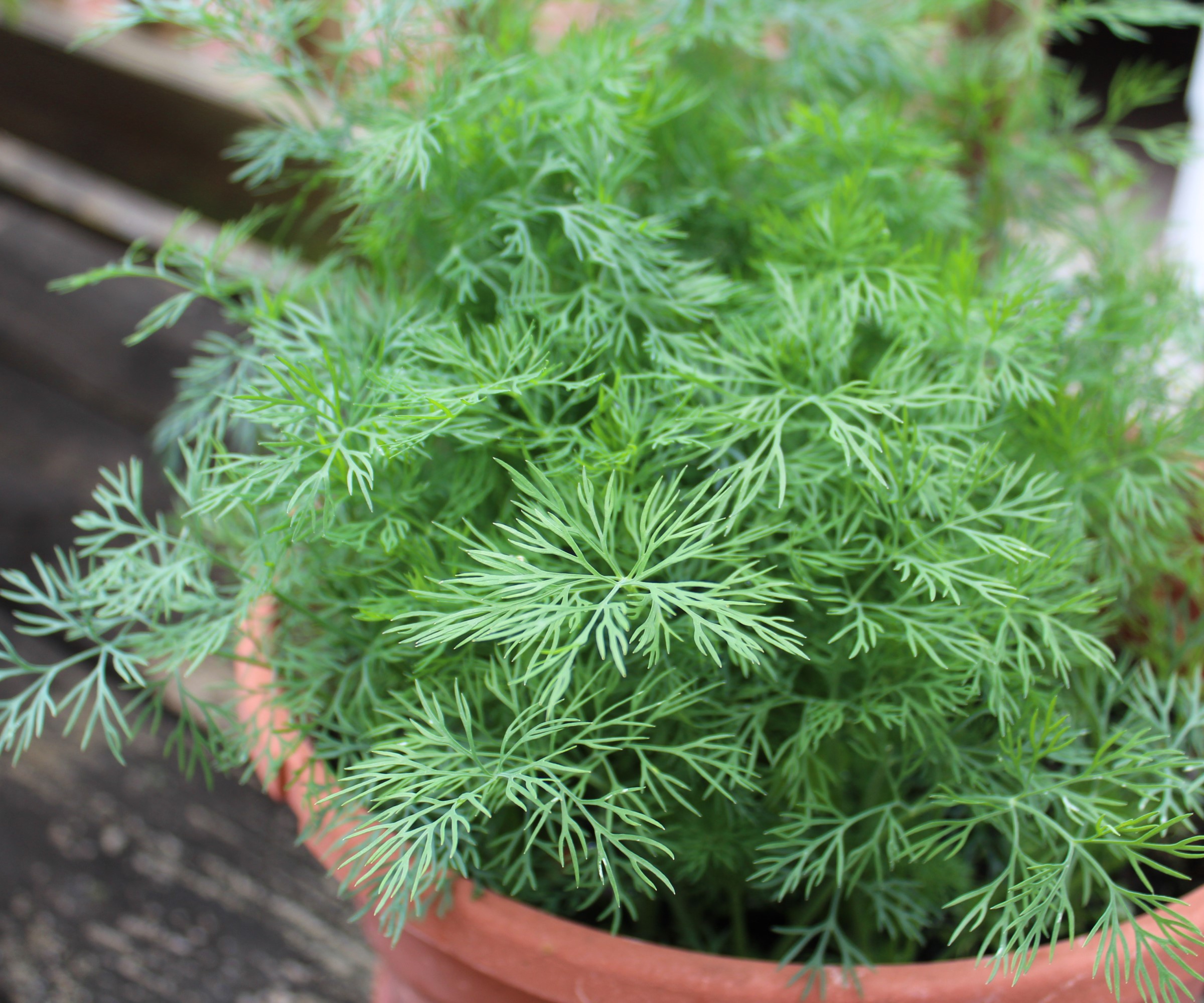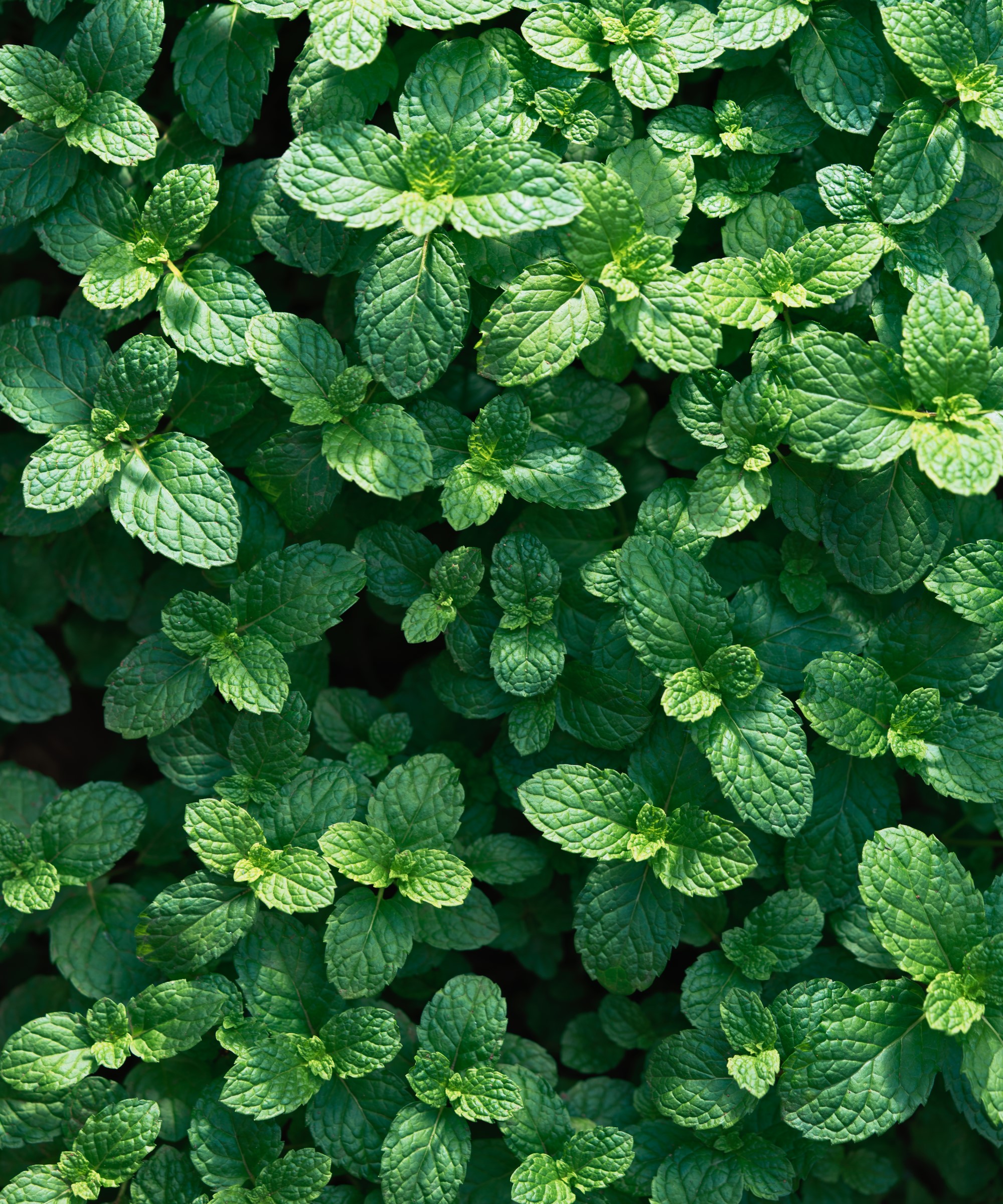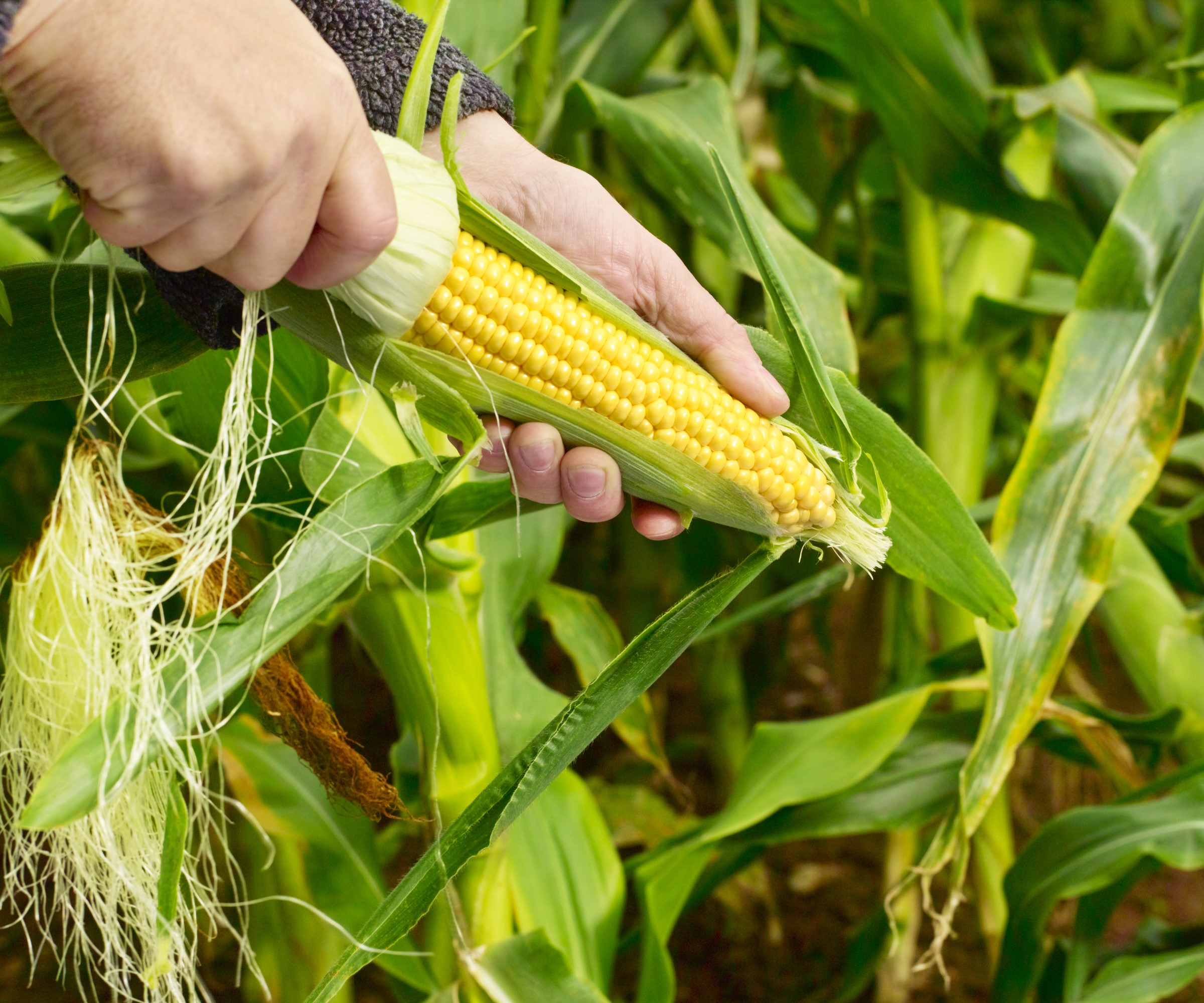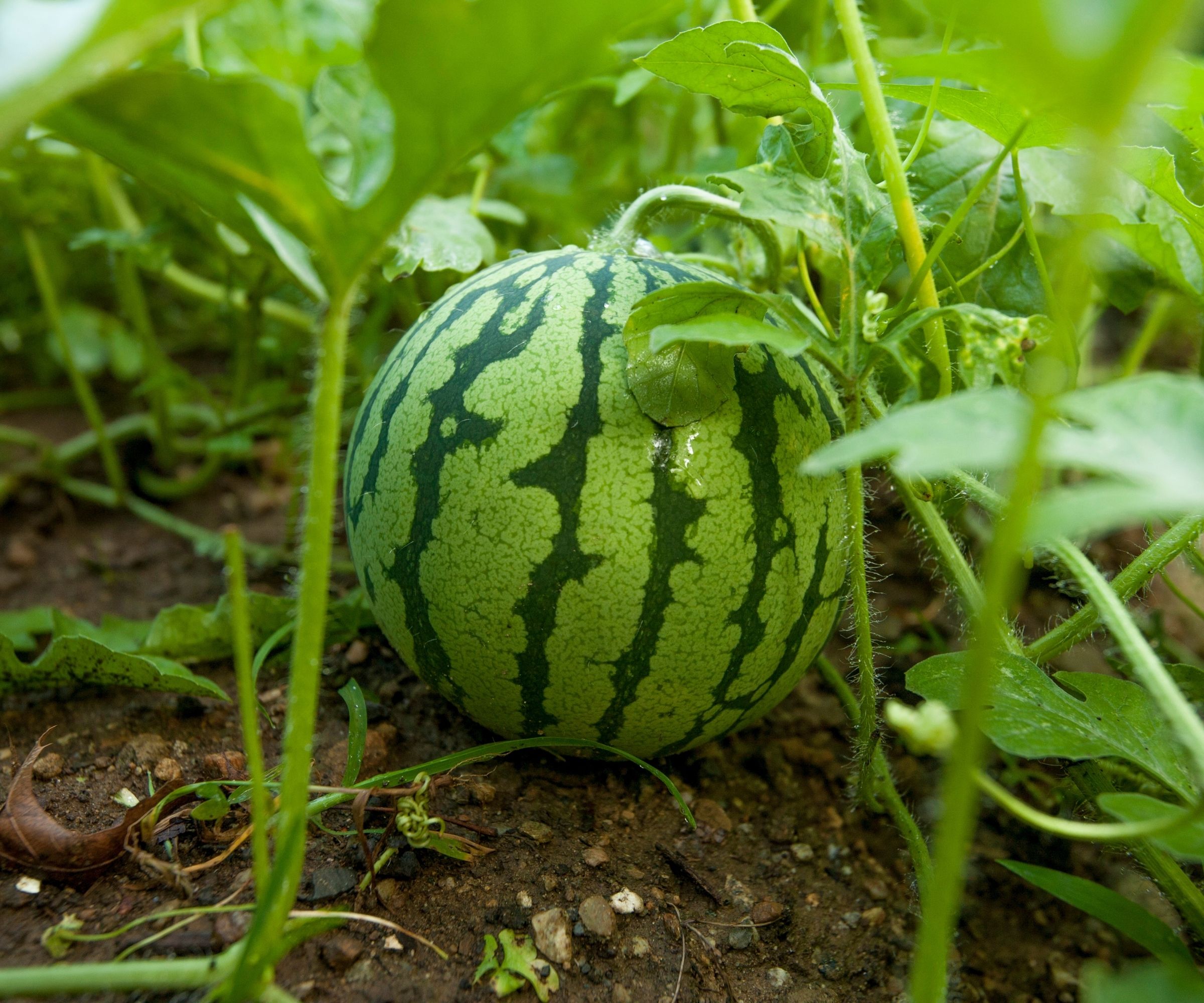7 plants to grow with watermelon for the best harvest ever, plus the crops to avoid
Picking the right companion plants for watermelon can deter pests, attract pollinators, and provide vital nutrients


Heat-loving watermelons can be grown outdoors in warmer climates or in a greenhouse in areas that don’t reach those same high temperatures naturally. Wherever you grow watermelon, you strive for them to develop healthily and produce great fruits to pick. As an annual crop, it means a lot of pressure to perform in that one growing season.
That is where watermelon companion planting offers a helping hand. By planting beneficial vegetables, flowers, or herbs nearby, you can boost harvests and keep watermelon plants healthy. Whether it is repelling pests, attracting pollinators and beneficial insects, or providing a boost of nutrients, there are many natural advantages to companion planting when you grow watermelon.
So, what are the best plants for watermelon companion planting? Below, I outline seven great options and reveal the real benefits they each offer. Plus, I tell you what not to plant with watermelon, as there are some crops that are detrimental when planted alongside.

Best companion plants for watermelon
When you plant watermelon, you envisage healthy plants developing long vines and fantastic fruits. That is where companion planting is advisable, as it helps plants grow strongly and protects against potential pest problems. The following vegetables, herbs, and flowers are all beneficial for watermelon companion planting, offering vital support in the form of shade, protection, or nutrients.
Garlic

Watermelons are susceptible to many common vegetable garden pests, including aphids, cucumber beetles, spider mites, and more. If you want a top crop to combat pests, grow garlic.
Garlic makes an excellent companion plant for watermelons and many other crops, as its strong smell repels all manner of nasty pests, including those mentioned above.
Garlic is also known for having antifungal properties that can help prevent fungal diseases like powdery mildew. Plant garlic bulbs near your watermelon to take advantage of all the benefits this crop has.
Design expertise in your inbox – from inspiring decorating ideas and beautiful celebrity homes to practical gardening advice and shopping round-ups.
In addition to garlic, other alliums, including onions, green onions, and chives, all emit a strong scent to repel pests and can be used for watermelon companion planting.
See the range of garlic bulbs at Amazon
See the range of garlic bulbs at Walmart
See the range of garlic bulbs at Burpee
See the range of garlic bulbs at True Leaf Market
Dill

There are real advantages to growing this aromatic herb around a kitchen garden, rather than confining it solely to a herb garden.
Dill is an attractive herb to grow, and its feathery foliage and yellow umbels attract lots of beneficial insects.
The likes of ladybugs and lacewings all flock to the plant, and will help your watermelon plants by preying on aphids, cucumber beetles, and other nasty pests. Beneficial pollinators are also drawn to dill, helping to pollinate blooms around the vegetable garden.
Dill can be grown in the ground around watermelon plants, or in pots dotted around the vicinity to offer the advantages without impinging on the watermelon’s space.
Dill likes a sheltered spot and regular watering. Provide this and you can harvest dill for all manner of dishes through the summer.
See the range of dill seeds at Amazon
See the range of dill seeds at Walmart
See the range of dill seeds at Burpee
See the range of dill seeds at True Leaf Market
Mint

Mint is a strong-scented herb that does have a bad reputation, but can be great for companion planting.
Let’s start with the positives about growing mint. The zesty herb repels many pests with its strong smell, including aphids, flea beetles, and ants. While scaring off the bad, mint does attract those beneficial pollinators, which can mean many watermelons to pick during the season.
Of course, mint comes with a reputation for being invasive. It is a plant that spreads rapidly and never wants to be planted uncontained in flower beds or vegetable garden beds.
Grow mint in pots around the edges of your watermelon plants, where it offers all the benefits without the drawbacks. There are lots of mint varieties to choose from, but the strongest-smelling types like spearmint and peppermint are best for watermelon companion planting. You can get live spearmint and peppermint plants and seeds at Burpee.
Marigolds

I always sound like a broken record, as I always recommend marigolds for companion planting when it comes to any crop. Simply put, marigolds make great plants for a vegetable garden as they deter troublesome pests.
Marigolds keep many bugs away from edible plants, including aphids, whiteflies, mosquitoes, cabbage moths, squash bugs, tomato hornworms, and Mexican bean beetles.
But there is more, too. Growing marigolds repels root-knot nematodes in the soil, and they can also be trap plants to attract slugs and thrips away from watermelons.
Marigolds will also attract pollinators and predatory insects to feed on local pest populations, helping to control the likes of aphids and caterpillars.
As the plants are super-effective and also easy to grow, they should be considered a go-to plant for watermelon companion planting. Can you tell I’m a fan, and often grow marigolds in pots around my vegetable crops?
The strongest aroma comes from French marigolds, and you can get a mega pack of French Petite Marigold seeds at Amazon to sow.
Corn

Growing corn near watermelon plants can protect them from the elements. The tall-growing corn plants provide shelter from strong winds and also shade from strong afternoon sunshine in warmer climates.
Excessive heat stress on watermelon plants can cause them to wilt, and the fruiting can be affected, even causing plants to drop fruits in extreme circumstances. Planting corn can provide beneficial shading during the hottest parts of the day to keep watermelon plants healthy in hotter US hardiness zones.
See the range of corn seeds to plant at Amazon
See the range of corn seeds to plant at Walmart
See the range of corn seeds to plant at Burpee
See the range of corn seeds to plant at True Leaf Market
Borage

Growing borage is great for attracting pollinators to help set watermelon fruits. Borage is a wonderful little plant with blue star-shaped flowers, and a great flower to plant in a vegetable garden to deter pests.
As well as attracting pollinators, adding borage to a kitchen garden brings in beneficial insects to prey on pests, and it repels both tomato hornworms and cabbage worms. Borage is also known to add trace minerals to the soil, which watermelon plants will take up to aid strong development.
You can get borage seeds at True Leaf Market to sow. Borage plants reach around 24 inches in height and can be planted around watermelon plants to bring in pollinators and promote a strong harvest of fruits.
Beans

Beans offer a valuable benefit as companion plants, in that they fix nitrogen in the soil. All crops need nitrogen for growth, and legumes take the nutrient from the air and add nitrogen to the soil.
The plants boost soil nutrients, so any plants nearby can reap the benefits. Plus, as the beans take their nitrogen from the air, they are not competing with the watermelons for the nutrients in the soil.
Either pole beans or bush beans can be beneficial companion plants for watermelon.
See the range of bean seeds to sow at Burpee
See the range of bean seeds to sow at True Leaf Market
What not to plant with watermelon

It would be a companion planting mistake to grow any of the following crops near your watermelon plants:
- Cucurbits - plants in the Cucurbit family, including cucumbers, squash, zucchini, and pumpkins are all bad partners for watermelons. This is because they share some of the same pests, including cucumber beetles and squash bugs.
- Potatoes - these heavy feeding crops will compete for nutrients in the soil, plus potatoes are known to host melon aphids.
- Tomatoes - the plants will compete for water and nutrients, and tomatoes can potentially shade watermelon plants. Tomatoes, along with peppers and eggplants, are also host plants for melon aphids
If you grow watermelons in smaller spaces, there are benefits to discover from pruning plants. If you prune watermelon plants, you reduce the size of the vines and focus on producing a select number of larger watermelons. It also helps to keep plants healthy by improving air circulation and light penetration.

Drew has worked as a writer since 2008 and was also a professional gardener for many years. As a trained horticulturist, he worked in prestigious historic gardens, including Hanbury Hall and the world-famous Hidcote Manor Garden. He also spent time as a specialist kitchen gardener at Soho Farmhouse and Netherby Hall, where he grew vegetables, fruit, herbs, and cut flowers for restaurants. Drew has written for numerous print and online publications and is an allotment holder and garden blogger. He is shortlisted for the Digital Gardening Writer of the Year at the 2025 Garden Media Guild Awards.